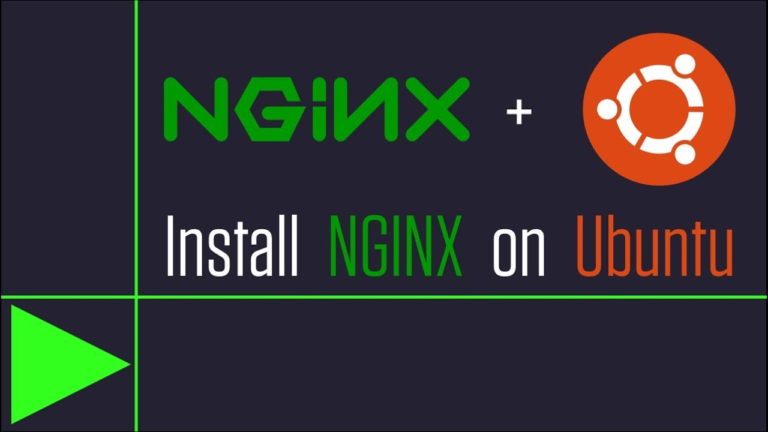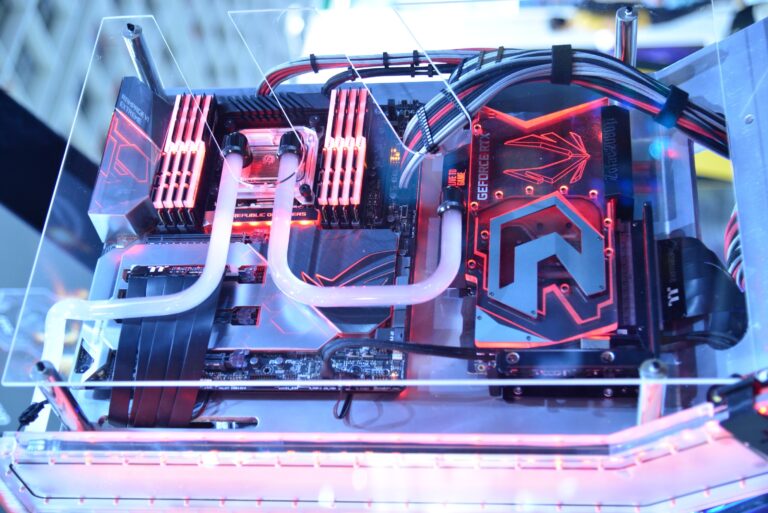Many people have heard the word ‘Linux.” This name can be seen in many places on the internet. Some say it’s software, some say it’s an operating system, and some say it’s a new game. Many have glimpsed such speculation. What exactly is Linux? What happens with this? .. Many more such questions are running through our minds. And sometimes it seems like that’s how an operating system works.
What is Linux?
Before saying what Linux is, I want to say what is meant by “operating system.” The abbreviation for the operating system (Operating System) is “OS.”. An operating system is a type of system software that is used in our minicomputers, personal computers, server computers, and supercomputers. What is the function of this operating system software? This software operates our computer. The visible parts of our computer are the monitor, keyboard, CPU, printer, etc. All these parts contain electronic circuitry or hardware inside. Instructions on how this electronic hardware will work are given in the operating system. In simple words, the ability to control this hardware is given to the operating system software. Some of the names of these operating systems are Microsoft Windows, Mac OS, Android, Ubuntu (Linux), Arch (Linux), Unix, etc.
First of all, Linux is not the name of an operating system. mean??? What is the name of Linux? Yes, Linux is the name of the ‘kernel’. And the kernel is a software package. The software that connects the operating software to the hardware. This means that the Linux Kernel acts as a kind of bridge or hub. A little clear! Well, let me explain. First, a software developer named “Linus Torvalds” developed a kernel named Linux for the Unix operating system. which was included in the open-source license. It means that the source code of this software package was open. Anyone can use this software, develop it, and distribute it. This was the beginning of the journey for Linux. Based on this Linux kernel, he developed a new operating system, which he named ‘Minix’.
Subsequently, many operating systems were developed based on the Linux kernel. Do we know how many operating systems have been developed? About 1000+ operating systems have been developed based on such Linux kernels, and are still being developed. Are you surprised?? Yes, that’s right, you know it right? You can browse from here (Linux Distributions Timeline). All the distribution names and lists are given here. Operating systems based on the Linux kernel are called Linux distributions. This means that each Linux distribution is an operating system. And distribution is abbreviated as a distro. The most popular of these distros are Debian, Redhat, Ubuntu, LinuxMint, Arch, Manjaro, Android, etc.
If so many operating systems run on the Linux kernel, do they use the Windows and Linux kernels? no Windows does not use any default Linux kernel. Windows has some settings of its own. which is executed through an interactive shell. What is ‘Shell’? Shell is a type of interface where the user takes input from it and executes it in a software program to show its output. Shell is an environment where user commands, software programs, and shell scripts are run. Among the interfaces of this environment are ‘Power Shell’ and ‘CMD Command Prompt’. They are also called consoles. Some software packages called drivers are used in the Windows operating system. which connects the operating system software to the hardware. Although the procedure here is very different compared to the Linux kernel. Mac OS is also a kernel-based OS. But it’s not the Linux kernel, it’s called Darwin.
Why use Linux and what can be done with it?
The question should not have been! If the question is like this, it seems that it would be correct, why should I use operating systems based on the Linux kernel??. Linux is an open-source project. Anyone can see its source code, add new things, customize it according to their own wishes, and create a new operating system using this source code. In fact, not everyone can do them. There is a lot to know before doing these things. There is no saying ‘if there is a will, there is a way’! If you discuss any Linux distro, you will know the working method of almost all of them.
The first Linux distro I used was ‘Linux Mint‘. Which is built from the source code of the Ubuntu distro. Again this Ubuntu is another popular distro built from the source code of Debian. Although built from another distro, it has some of its own internal mechanisms. It has its own repository to maintain these. Every developer will understand what repository means. A repository is a platform from which packages are added, updated, removed, and upgraded with version control of software. Since then I have used 50 distros so far.
Antivirus software if using Linux
No need to use it at all. Because its kernel has a very powerful protection system. Due to this, it is very difficult to create a virus. And almost all internal functions of Linux are done in text mode. It means that Windows OS executes a program as a graphical object, whereas Linux distros execute a program as a text-based object. Linux’s community support is also largely because it is open source. So when a bug is found in a distro, immediately someone asks for help in the community to solve it or solves it himself and informs the community and soon its update goes to everyone. The power of Linux is this huge community support.
Linux has a powerful console called Terminal. Some Linux distros run on one terminal and some run on multiple terminals. TTY is added to the terminals so that a user can access the hardware and various software by running commands directly. There are 6 types of TTY (TELETYPEWRITER) namely tty1, tty2, tty3, tty4, tty5, and tty6.
There are desktop environments of various flavors. This means what we mean by the user interface. Desktop Environment (Desktop Environment) is called DE for short. You can also customize them if you want. Below are the names of some desktop environments: Gnome, KDE, Cinnamon, Xfce, Mate, LXDE, Deepin DE, i3, Unity Unity) etc.
You can do almost everything you need here. Almost all the open-source software in this internet world runs on Linux. Linux has built-in Python3/Python2, C/C++, Perl, Ruby, etc. language compilers for programming. Linux platform is also very useful for development. There is Gimp Gimp (GNU Image Manipulation Program) for graphics work, Avro phonetic keyboard, and OpenBangla phonetic keyboard support for writing in Bengali. For office work, there is a powerful software tool called LibreOffice where all the work of Microsoft Office can be done. LibreOffice Base, LibreOffice Calc, LibreOffice Draw, LibreOffice Impress, LibreOffice Writer. I am currently on Arch Linux writing in LibreOffice Writer software.
Almost all distributions of Linux are very lightweight and very fast. So even on a PC with low configuration, it can run very smoothly or work can be done. System drive a minimum of 10 GB to 20 GB or more can be given, RAM minimum of 2 GB or more, swap area will be equal to the size of RAM, and will run on almost all available processors. Another thing to mention is that the Linux platform is not very good for gaming.
Android is a Linux-based operating system.
Yes, Android is a mobile operating system based on the Linux kernel. Which is developed for ARM processors. Google manufactures what it calls stock Android. Different companies take the stock Android OS from Google and customize it to their own liking by incorporating a specific license and distributing it under their own name such as Nexus, Samsung, Xiaomi, Oppo, etc. To say that these are also a distro of Linux.
If I go to write about Linux in detail then I have to write so much that I can finish writing. So I want to say that you also know about Linux, use it, and keep learning.






